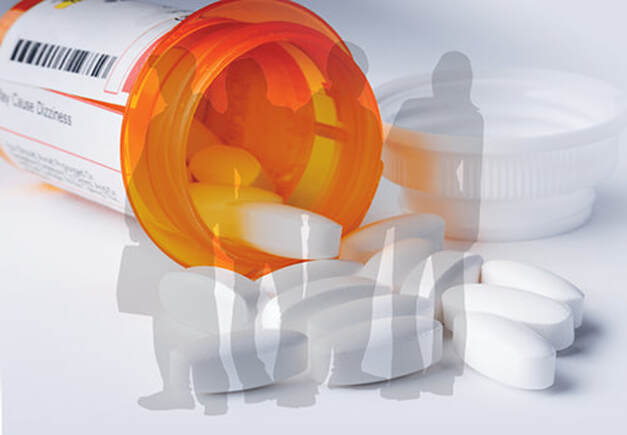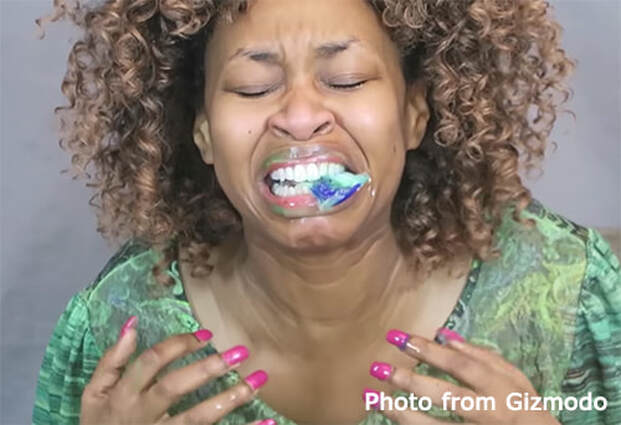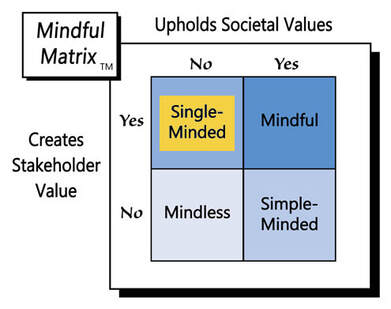If you’ve been following the news, you’ve heard of America’s troubling opioid epidemic, which unfortunately has seen:
- Misuse among 21-29% of those who are prescribed opioids for chronic pain
- Use disorders in 8-12% of those who take the drugs
- Transition to heroin for 4-6% of those who misuse prescription opioids
- More than 130 people a day dying from opioid-related drug overdoses
What are opioids? They’re types of drugs that come naturally from the opium poppy plant that are often used to reduce pain. They also “can make some people feel relaxed, happy or ‘high,’ and can be addictive.”
The most common prescription opioids are Vicodin and OxyContin. Fentanyl is a synthetic opioid, “50 to 100 times more potent than morphine,” that’s often used to treat pain from advanced cancer. Then there’s heroin, “an illegal, highly addictive drug processed from morphine.
Recently, the name often heard in the same sentence as opioid epidemic is Purdue Pharma, the Stamford, Connecticut-based company that makes OxyContin, the brand name for oxycodone hydrochloride. The drug’s position at the center of the opioid crisis has made Purdue Pharma the focus of frequent legal scrutiny.
Used to “help relieve severe ongoing pain (such as due to cancer),” OxyContin should be a ‘medication of last resort.” In other words, if people suffering from very serious illness cannot find relief from anything else, OxyContin can be used to mitigate their pain.
Sufferers of significant, relentless pain, however, are not the ones driving the opioid epidemic. The problem stems, instead, from those who don’t need the drug but take it to get high and, if they don’t end up overdosing, often become addicted.
Should Purdue Pharma be accountable for this abuse by illegitimate users? More broadly, to what extent is any company culpable when consumers don’t use its products as intended. Are organizations responsible for protecting people from themselves?
Since the advent of mass-production, there have been continual examples of consumers injuring themselves by misusing products, often despite clear warnings from manufacturers, e.g., “Don’t stand on the top of this stepladder”; “Don’t put this plastic bag over your head.”
One of the most recent examples of widespread abuse was called the Tide Pod Challenge, which involved mainly teens videoing themselves chewing on the small detergent sacs and posting clips of their reactions on social media. Tragically, several people died as a result of ingesting the liquid.
Procter & Gamble (P&G), the maker of Tide, responded to its product’s misuse by offering advice on Twitter to those affected by the Challenge and by asking YouTube and Facebook to remove Tide Pod Challenge posts. P&G also produced a television commercial with former New England Patriots tight-end Rob Gronkowski urging viewers not to eat Tide Pods. All of these efforts were in addition to the company coating the Pods with a bitter-tasting substance in order to discourage children from biting into them.
P&G hasn’t stopped making Tide Pods, and as far as I know, the company hasn’t assumed responsibility for the Challenge-related injuries and fatalities. Is the firm wrong for failing to take those actions? No. The Tide Pod Challenge is an example of consumers' blatant product misuse, despite the company’s multifaceted, good-faith efforts to avoid it.
The same cannot be said, however, about Purdue Pharma and OxyContin. Here’s why the two cases of consumer abuse are very different:
- In contrast to the Tide Pod Challenge, which was a short-lived ‘fad,’ Purdue Pharma knew for decades about OxyContin abuse but avoided addressing it. A New York Times piece details the timeline, beginning in the late 1990s, when the company concealed its knowledge that the medication was being stolen and sold illegally to abusers. Meanwhile, the firm promoted the exact opposite—that OxyContin was less prone to abuse than other prescription opioids.
- Although serious, there never was an “epidemic” of Tide Pod misuse; cases were relatively isolated. As the earlier opioid statistics suggested, however, opioid abuse has been shockingly widespread. For instance, during the early 2000s, prescription drug distributors “sent enough pain pills to West Virginia over a five-year period to supply every man, woman and child there with 433 of them.”
- Unlike Tide Pods, OxyContin is highly addictive. Probably no one who did the Tide Pod Challenge wanted to try it again, but those who start using OxyContin often can’t stop.
- Despite the added exposure it brought the brand and the additional revenue it produced, all evidence supports that P&G did not want anyone eating Tide Pods. On the other hand, the New York Times suggests that Purdue Pharma, essentially encouraged abuse of its product by claiming that the company “planted the seeds of the opioid epidemic through its aggressive marketing of OxyContin.”
As I’ve read and heard about the opioid epidemic, I’ve wondered about the responsibility of doctors who liberally prescribed the drugs and of the consumers who misused the medication. I now understand that these persons share responsibility with at least one company that knowingly fueled the crisis. Purdue Pharma’s profiting from the nation’s opioid pain is a clear case of “Single-Minded Marketing.”
Learn more about the Mindful Matrix and Mindful Meter.
Check out Mindful Marketing Ads and Vote your Mind!




 RSS Feed
RSS Feed